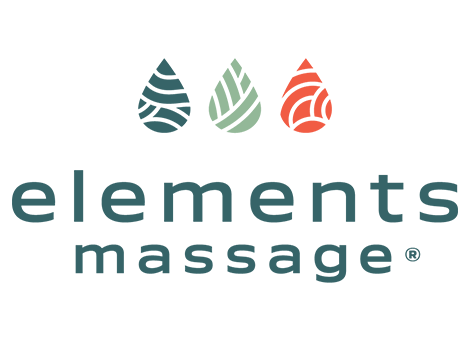Increased Blood Circulation Through Massage Therapy
Proper blood circulation is crucial for the functioning of our bodies. It enables the transport of oxygen and nutrients to various body cells, aids in the removal of metabolic waste products, and supports overall health and vitality. Massage therapy is a well-recognized non-invasive technique that can significantly boost blood circulation, leading to multiple health benefits (Crane et al., 2012).
How Does Massage Therapy Improve Circulation?
Massage therapy enhances circulation via several mechanisms:
-
Vasodilation: Massage can trigger the widening of blood vessels, a process known as vasodilation, through the heat generated by the massage and the mechanical pressure applied to the tissues. This vasodilation enhances blood flow, increasing the delivery of oxygen and nutrients to the tissues, including muscles (Crane et al., 2012).
-
Muscle Contraction: The contraction and relaxation of muscles during a massage help move blood through the circulatory system, particularly the veins, which carry blood back to the heart. This process can help improve circulation and facilitate the removal of waste products from the body (Sherman, 2014).
-
Release of Endothelial Nitric Oxide: Massage can stimulate the release of endothelial nitric oxide, a molecule that plays a key role in maintaining vascular health. Nitric oxide causes blood vessels to expand, promoting increased blood flow (Buttagat et al., 2011).
Scientific Evidence on Massage and Circulation
Research supports the beneficial effects of massage on blood circulation. For instance, a study by Crane et al. (2012) found that massage therapy increased blood flow and mitigated muscle soreness after intense exercise.
In a study by Buttagat et al. (2011), it was found that traditional Thai massage increased blood flow and skin temperature in participants, indicating improved peripheral circulation.
Furthermore, Hernandez-Reif et al. (2004) revealed that massage therapy reduced blood pressure and pulse rate in hypertensive women, implying improved circulatory health and function.
References
- Buttagat, V., Eungpinichpong, W., Chatchawan, U., & Arayawichanon, P. (2011). Therapeutic effects of traditional Thai massage on pain, muscle tension and anxiety in patients with scapulocostal syndrome: a randomized single-blinded pilot study. Journal of Bodywork and Movement Therapies, 15(1), 15-23.
- Crane, J. D., Ogborn, D. I., Cupido, C., Melov, S., Hubbard, A., Bourgeois, J. M., & Tarnopolsky, M. A. (2012). Massage therapy attenuates inflammatory signaling after exercise-induced muscle damage. Science Translational Medicine, 4(119), 119ra13.
- Hernandez-Reif, M., Field, T., Krasnegor, J., & Theakston, H. (2004). High blood pressure and associated symptoms were reduced by massage therapy. Journal of Bodywork and Movement Therapies, 4(1), 31-38.
- Sherman, K. J. (2014). Guidelines for developing yoga interventions for randomized trials. Evidence-Based Complementary and Alternative Medicine, 2014.

